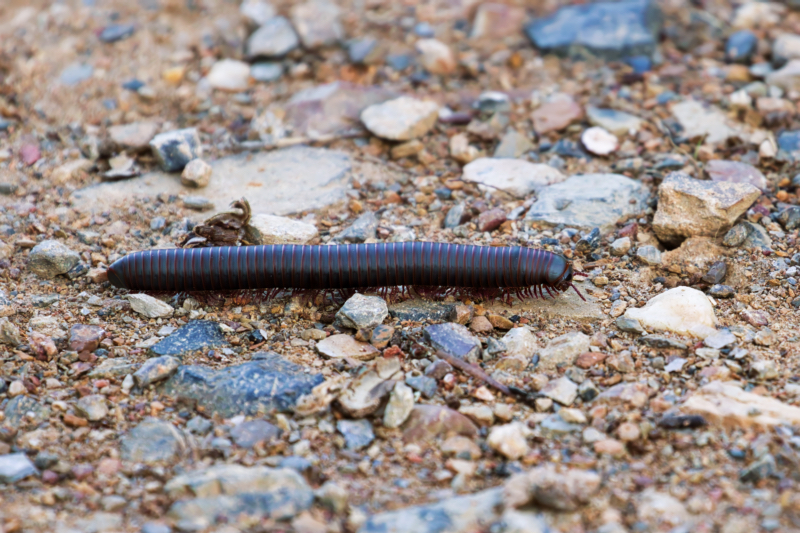While on a photo-shoot in Ouachita National Forest in Arkansas last week, I had the good fortune of capturing an image of one of the forest’s more fascinating residents – the American Giant Millipede.
As I was hiking along a forest road, I noticed this unusually large millipede attempting to cross. These creatures are a common sight in Ouachita, feeding on decaying leaves and other forest detritus. Though the name might imply a threatening nature, millipedes are harmless to humans.
To photograph the millipede up close, I used my trusted Canon EOS 7D Mark II with a 100-400mm telephoto lens. The lens provided excellent magnification while still allowing me to maintain a safe distance from the millipede. I also wore my Blackrapid camera strap to keep my hands free.
One of the most identifiable features of millipedes are their numerous legs, with some species having between 30 and 400! This is in stark contrast to the related centipedes, which have far fewer legs, but make up for it with speed and venomous bites. Millipedes move slowly and clumsily, relying on their armored bodies for protection.
Some Unique Facts About The American Giant Millipede:
- They can grow up to 8 inches long, making them one of the largest millipede species in North America.
- When threatened, they can emit a toxic cyanide compound from tiny pores to deter predators. The secretion can irritate skin but isn’t deadly.
- Females lay over 100 eggs in burrows underground. The eggs hatch after 1-2 months.
- Their average lifespan is 5-7 years, long for an arthropod.
Getting to observe incredible wildlife like the American Giant Millipede in their natural habitat is a privilege. I’m grateful for moments like this that allow me to explore the forests of Arkansas and share glimpses into the natural world through photography. Stay tuned for more scenes from my adventures in Ouachita National Forest!
